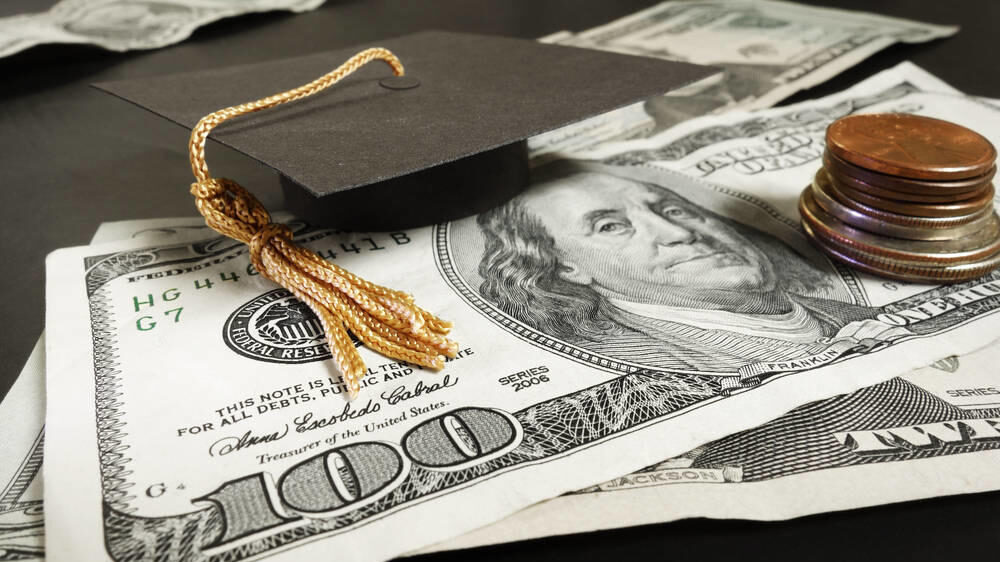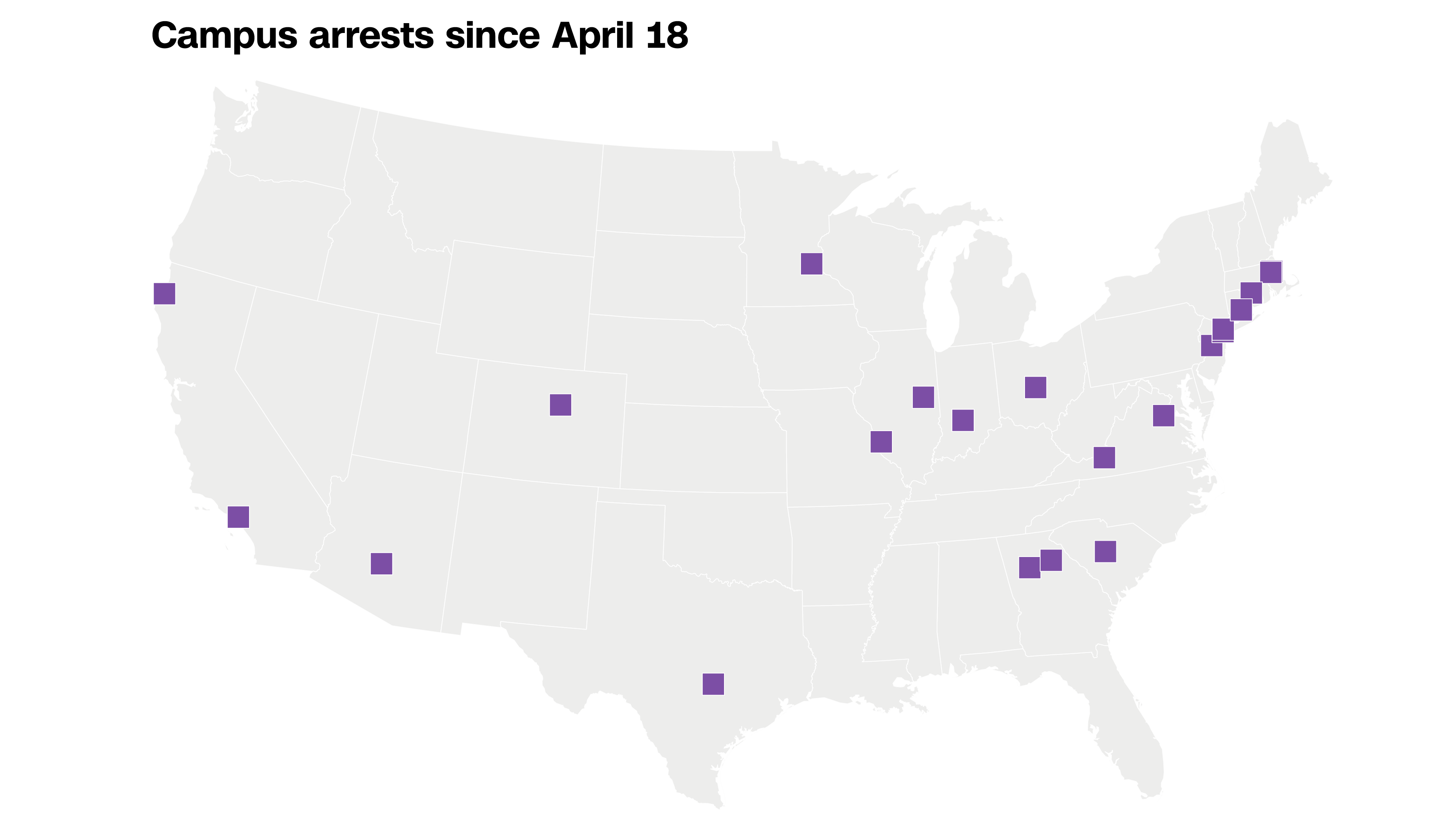Changes to income-driven repayment plans make repayment easier, expert says
Jul 26, 2023, 12:00 PM | Updated: 12:01 pm

The Levy Institute believes that eliminating student debt would actually increase the US GDP. (Photo: Shutterstock)
(Photo: Shutterstock)
SALT LAKE CITY — Income-driven repayment plans previously ended up costing federal student loan borrowers significantly more than they borrowed, but recent changes are meant to remedy the issue.
Anthony Jones, the executive director of scholarships and financial aid at the University of Utah, said that just under 50% of the students who graduate from the University of Utah have student loan debt.
“That’s gonna be, you know, all of our students. Undergraduate, graduate, the whole student body,” said Jones.
On average, according to the Council on Foreign Relations, CFR, someone who has a bachelor’s degree earns 1.8 times the amount a person with a high school diploma earns.
Increased earnings after graduation are not guaranteed, as the return on investment for a degree can vary widely depending on factors such as the degree a student earned and the school they attended.
Students relying more on loans
Education debt is prevalent among younger adults, according to the Federal Reserve.
The CFR said the cost of college tuition has risen faster than the average income. Rising tuition rates have caused more students to rely on loans to finance their education.
Many students are incentivized to borrow because higher education is often required for higher-paying jobs.
The CFR said that the increase in wealth a degree provides has declined over the past 50 years. The rising cost of college is partially causing the decline. Other forms of consumer debt such as credit card balances and car loans, are also to blame.
According to Forbes, about 92% of student loans are federal student loans. The rest are from private lenders.
Student loan repayment
When it comes time to repay, there are a few options for borrowers who took out federal student loans.
The Federal Student Aid website provides information on several repayment options for federal student loan borrowers.
The Standard Repayment Plan and Graduated Repayment Plan are both designed to help borrowers pay off their loans within 10 years but may come with higher monthly payments. Due to the higher monthly payments, not everyone is able to enroll in those plans.
Income-driven repayment plans are another option. They offer lower monthly payments, calculated based on a borrower’s income.
Income-driven repayment plans
Previously, there were drawbacks to income-driven repayment plans such as negative amortization. Now, Jones said, some of those drawbacks have changed.
“There are actually kind of very few drawbacks, especially now that the negative amortization has been changed.”
Negative amortization is when a borrower’s payment is lower than the interest that is accruing, so the payment isn’t enough to reach the principle.
“That has ended with the changes recently made to the income-driven repayment plans,” said Jones.
Jones said, “If it’s based on your discretionary income, and you make (a) high income, then you may be paying more than what you may be paying in a standard plan.”
According to Jones, now that borrowers will be re-entering or entering repayment after three years of being paused, it is important to communicate with their servicer.
He said they should visit studentaid.gov to find out who their servicer is and make sure all of their information is updated. Jones said that borrowers can learn about the different plans and use the loan simulator tool to figure out which one best fits their needs.
Related reading:












